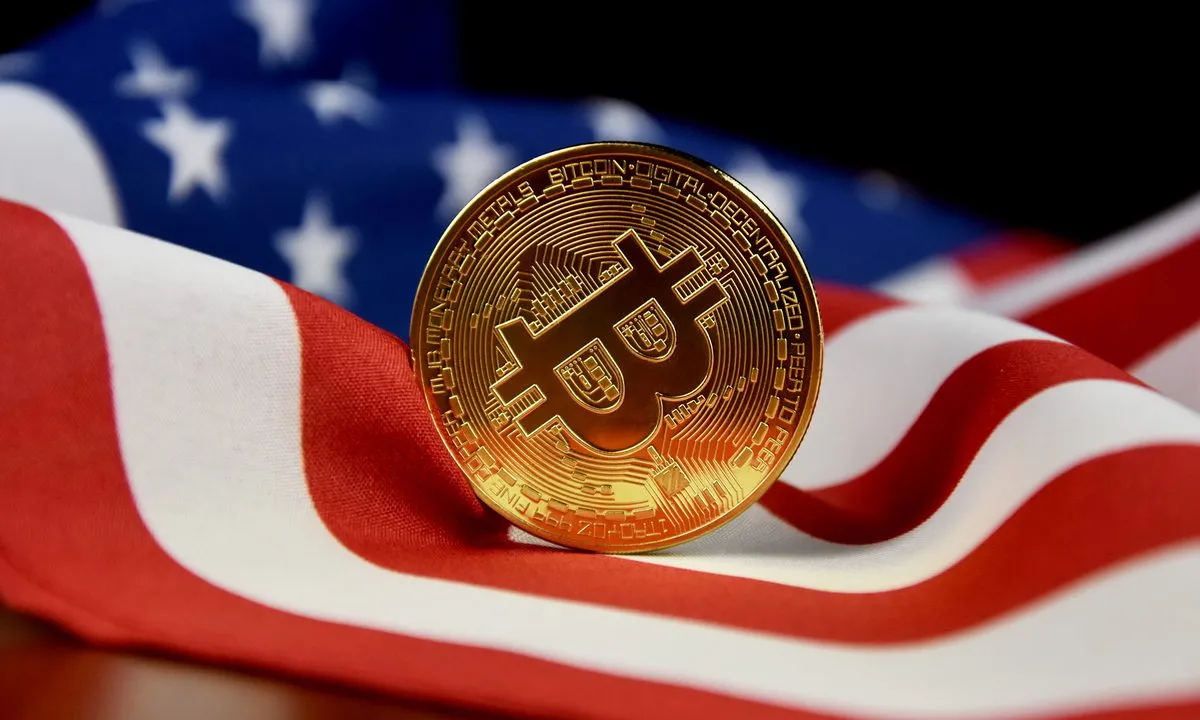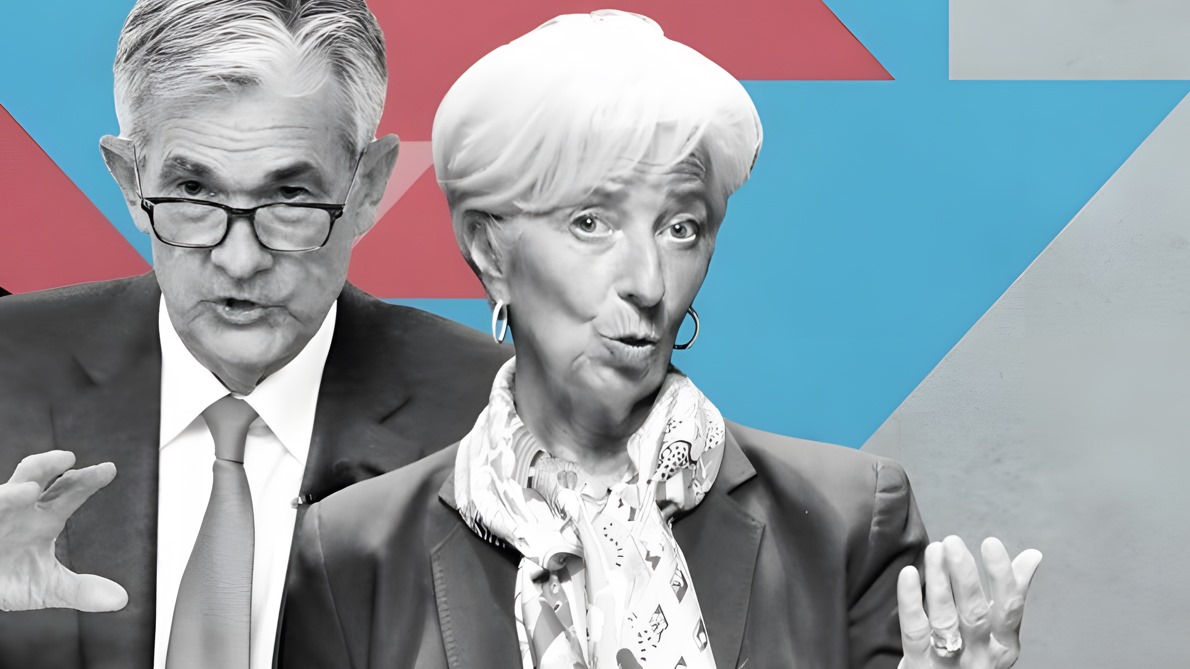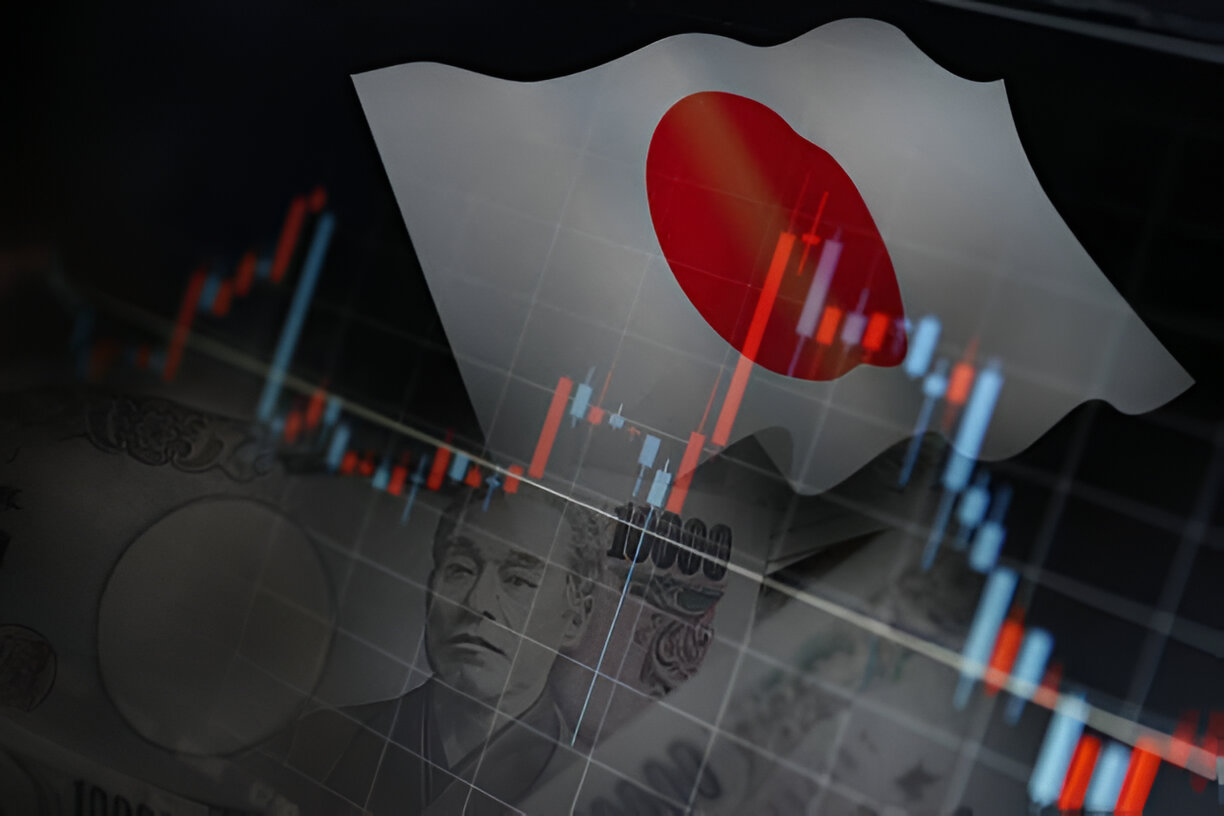Yesterday, Jerome Powell held the usual post-FOMC press conference. Following his speech, it’s now anticipated to have 3 rates cuts in 2024. That being said, what does it means ? One of our leading traders (Portfolio Manager and CFA Charterholder) share his analysis with you.
🔎 Remember that all those informations are or have been shared and can be discussed live with us, and our community, which you can join here: https://whop.com/marketplace/cryptorisegroup/
Where does the FED Stand?
Yesterday were the FOMC day and I believe that one very hot topic that were the Fed’s balance sheet run-off. As now, the BTFP ended and the RRP is dooming to zero, there is a sense of urgency for the Fed to first slowdown on its QT. However, rates are still a concern for investors and the economy and many of you are wondering what’s next? When is the Fed going to cut? What does it mean for the market and the economy? How works the lag effect? Let’s have a look on it.

“This time is different”, I’m sure that all of you already have seen it somewhere over the past months. Few weeks ago, at the very early of 2024, the market was pricing 7 cuts of 25bps (i.e. 0,25%) from the Fed in 2024 while Powell affirmed several times that it is most likely the Fed will cut rates 3 times over the year. Today, the market is (and for the first time in a while) in line with the Fed and is pricing 3 rates cut.
What changed since then?
- Growth started to slowdown
- Inflation appears to be more stubborn that anticipated.
Let me break these two points down.
Growth started to slowdown
Usually, when rates go up, the market should go down and the economic activity should slow down too. This can relationship could be explained in many ways but let’s just consider those two to keep things simple. For a company, it increases the cost of debt (as interest paid are going to be higher) which therefore reduce its futur projects and investments and, therefore, it also reduces its futur profits. For an individual, it is a frein to take loans on (as interest rate is higher) but also an incentive to park money on a savings account (meaning that this money is not invested flowing into the economy). However, we’ve seen that the stock market was a real beast and the activity was on fire even if the rates went up by about 500bps (5%).
To understand why, it is quite simple: there is growth. But, why is there any growth? Here it is important to note that there is on one side, the Central Banks (for instance, the Fed in the U.S.) and on the other side the Government. While the Fed is pursuing a restrictive monetary policy (by rising rates, reducing its balance sheet), the Government is running a fiscal deficit by pouring Treasuries all over the market. This means that the Fed is fighting for not stimulating the economy while the Government is doing the exact opposite which neutralize the impact of the Fed.

Adding to that, many factos such as 1) during the lockdown period, the U.S. Government literally gave billions of check to U.S. consumers that they used for many other things that buying pasta and water, 2) trillions of liquidity were parked to absorb the shock 3) the sentiment has been very positive about U.S. economy from a U.S. standpoint (and you know how self-fulfilling prophecy works), 4) the AI narrative is extremely strong, 5)etc. etc. and so on.
Therefore, during a long period, the average U.S. consumer was not feeling the increase in rates as they had a lot of cash savings to absorb it and the residential mortgage rates in the U.S. are fixed. This means that the average U.S. citizen is not really rates sensitive but rather immunized to it. Here’s mostly why growth and consumption were so high following the pandemic.
However, abnormal growth can’t sustain over the long-run by its very own nature (here’s basically why the inflation target is 2% and not 4%). The ability to absorb higher rates and price increases is coming to an end: soft retail sales, lukewarm comments from major discretionary-consumer companies, weakening sentiment, etc.
Inflation appears to be more stubborn that anticipated
A year ago, everybody was pessimistic about inflation going down. 3 months ago, everybody was optimistic. Today, everybody is turning pessimistic again. I guess that’s enough to show you how versatile can be the broad consensus on inflation’s projection.
The point to consider here is not really inflation as whole but to break it down. As of today, almost 100% of the underlying inflation can be attributed to ex-energy services’ inflation (which housing accounts for more than 60%). However, inflation related to goods, energy, alimentary prices, is mostly gone. As a matter of fact, goods and energy are now in deflation. Therefore, it means that inflation remains quite elevated but only due to one single thing: the housing market.

I let you have a look on the Fed New Tenant Repeat Rent Index (which si the official most leading indicator about the housing market) and I swear that it will scare the crap out of you. It means that inflation can go down as fast as the housing market can go down. We know that the real estate is the most inerte asset, meaning that it reacts really slow to changes due to its appraisal and lack of liquidity.
However, the slower the reaction, the stronger the move (see this as a gear: the housing is the huge gear in the system, while stock market is one of the smallest).
What measures the Fed intends to take to reduce rates?
Now that we have a clearer view on where do the economy and the inflation stand, let’s come back to the Fed. As you may have understood, the increase in rates has been quite inefficace so far (most of the reasons are mentioned in 1/ of this post and my post on the RRP but I could continue the list for hours and days and weeks) and it is only showing some effects now. However, it is too soon for the Fed to cut rate as inflation remains too high.
In facts, there are two, and only two, scenarii in which the Fed will cut rates (quick hint, one of the two will necessarily happen):
- Scenario 1: the growth and consumption remain strong enough to avoid the recession, inflation fades away slowly but surely. This is the soft landing narrative (which is still the most popular for many economists, investors, experts, etc.).
- Scenario 2: the growth slows down at a faster pace than anticipated, the consumption drops, unemployment rises and the economy sink. This is the recession narrative (which I buy much more than the soft landing).

I admit that (as mostly everyone) I have been wrong about predicting “when” the recession will happen. Nobody expected such as resilience from the US economy but yet, here we are. However, interest rates work with a lag effect that is much harder to forecast today, after the most brutal supply shock the World have faced, than decades ago.
To understand the lag effect, let’s take this quick exemple: today is March 16th 2022 and the Fed started to hike rates by 25bps for the first time in a while and there is a company that has (fixed) debt that is coming due over the next 6 months, 12 months, 18 months and 24 months. As long as the debt is not due, the company is not extremely impacted on the rise in rates (only less investments and projects, a bit of fear). 6 months later, the first part of the company’s debt is about to expire and the company has to roll it forward (i.e. the company doesn’t have cash available at this moment as it has been invested into some assets for running the business), so it will issue new debt.
However, we are today in September 2022 and rates are much higher than they were when the company originally issued the debt. Well, it’s unfortunate but the company doesn’t have the choice to issue new debt but at a higher cost (meaning that it will pay more interest on it). The same happens in March 2023, but the rates are even higher, and so on and so on.
Thankfully, the company had a lot of cash to absorb the increase in rates, but this cash reserve is not eternal. At some point, the company will run out of cash if rates don’t come down. Even if rates come down, the company will have to wait for feeling the decrease in rates (as it had to wait when the rates were rising).
Let’s jump into the future, we are in 2025 and rates are still elevated because inflation remains too sticky. The company’s cash is totally gone because the U.S. consumers cant’ buy the company’s product anymore as savings are gone, so the sales of the company start to shrink.
On top of that, the interest burden of the company is now too elevated for the company and it has to layoff some people to reduce costs and remain profitable (otherwise investors will be mad and they will sell their shares of the company and the stock price will tank).
Therefore, as the company layoff people, unemployment is rising which is also unfortunate because unemployed and unpaid people have less proportion to spend money, which will reduce even further the company’s sales. Here comes the vicious circle!
Now you understand why rates work with a lag, why it takes some time to be felt by the economy and why it is extremely hard for the Fed to time the moment when to cut.
The risk is not only to cut too late but also to cut too soon. Therefore, the Fed has to be right on both side to have a soft landing.
- Risk of cutting too late: as seen in the previous (rough and simple) exemple
- Risk of cutting to soon: the labor market is too tight (3.9% unemployment is extremely low) meaning that the U.S. consumers will consume again, take on credit to buy a new car, a new house, or whatever, go again on vacation, buy some clothes, etc. What will happen on prices if the supply remains unchanged and the demand increase? 101 Economics: prices will rise again, so will do inflation and the Fed will have to push rates even higher than previously. That’s exactly what happened in the 70’s when Arthur Burns was Fed Chairman and succumbed to Nixon’s pressure which induced a second inflation wave. My concern here, is that there is a Presidential election (2024) before new Fed Chairman appointment (2025) and I kind of have a gut feeling that 1) Trump will be elected and 2) Powell will be forced to “please him” by cutting rates in order to be appointed again.
Now that we’ve covered this, I hope you understand better that monetary policy works with a lag and that when the Fed will decide to cut rates it will mostly be a reactive measure rather than an anticipative one (meaning that it may already be too late). Sorry if the structure is not so clear, it’s quite hard to synthetize so many things in so few sentences but I hope you enjoyed it. I will conclude by quoting R. Armstrong (Financial Times) who recently said:
“If we have learned anything in the last three or four years, it’s that no one understands inflation well enough to predict it very well” – R. Armstrong (Financial Times)
Cheers!
CryptoRise Group





